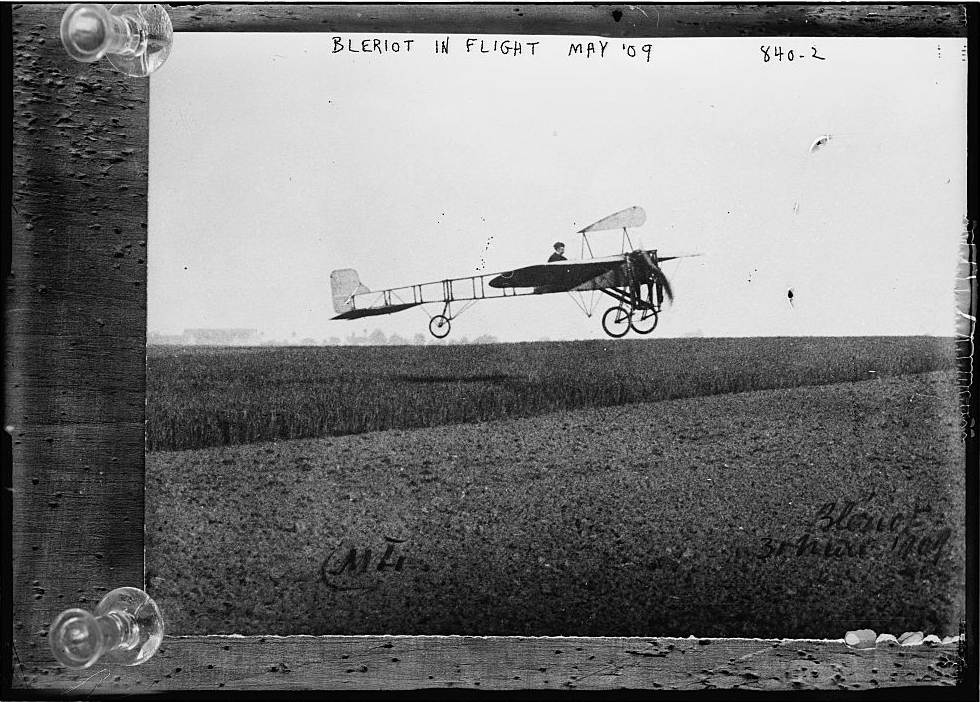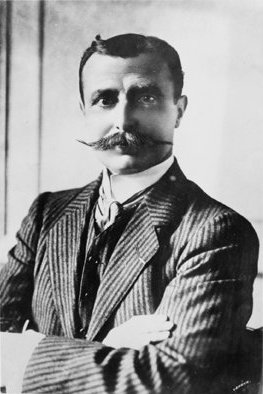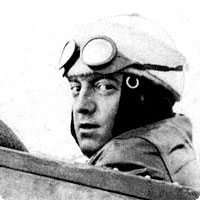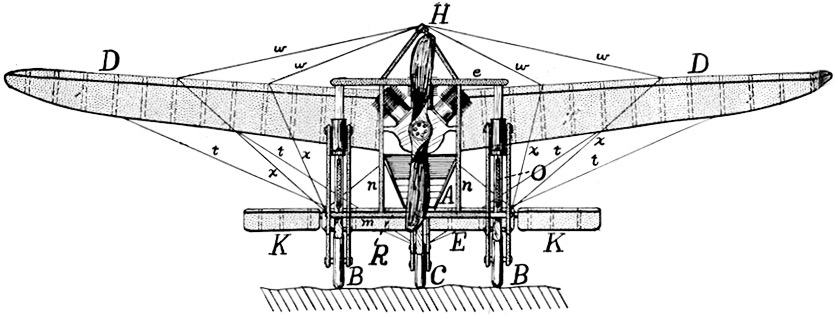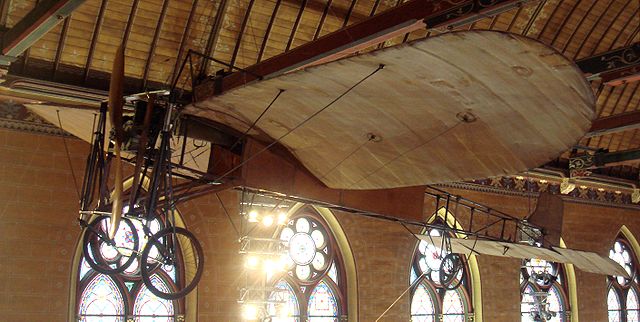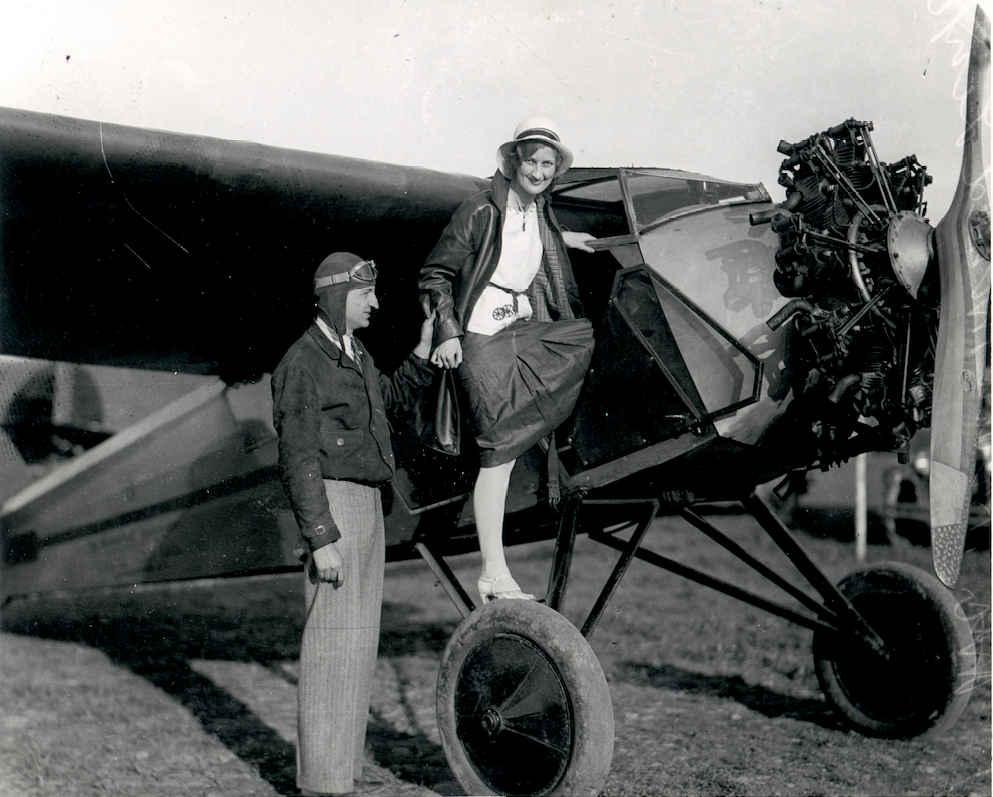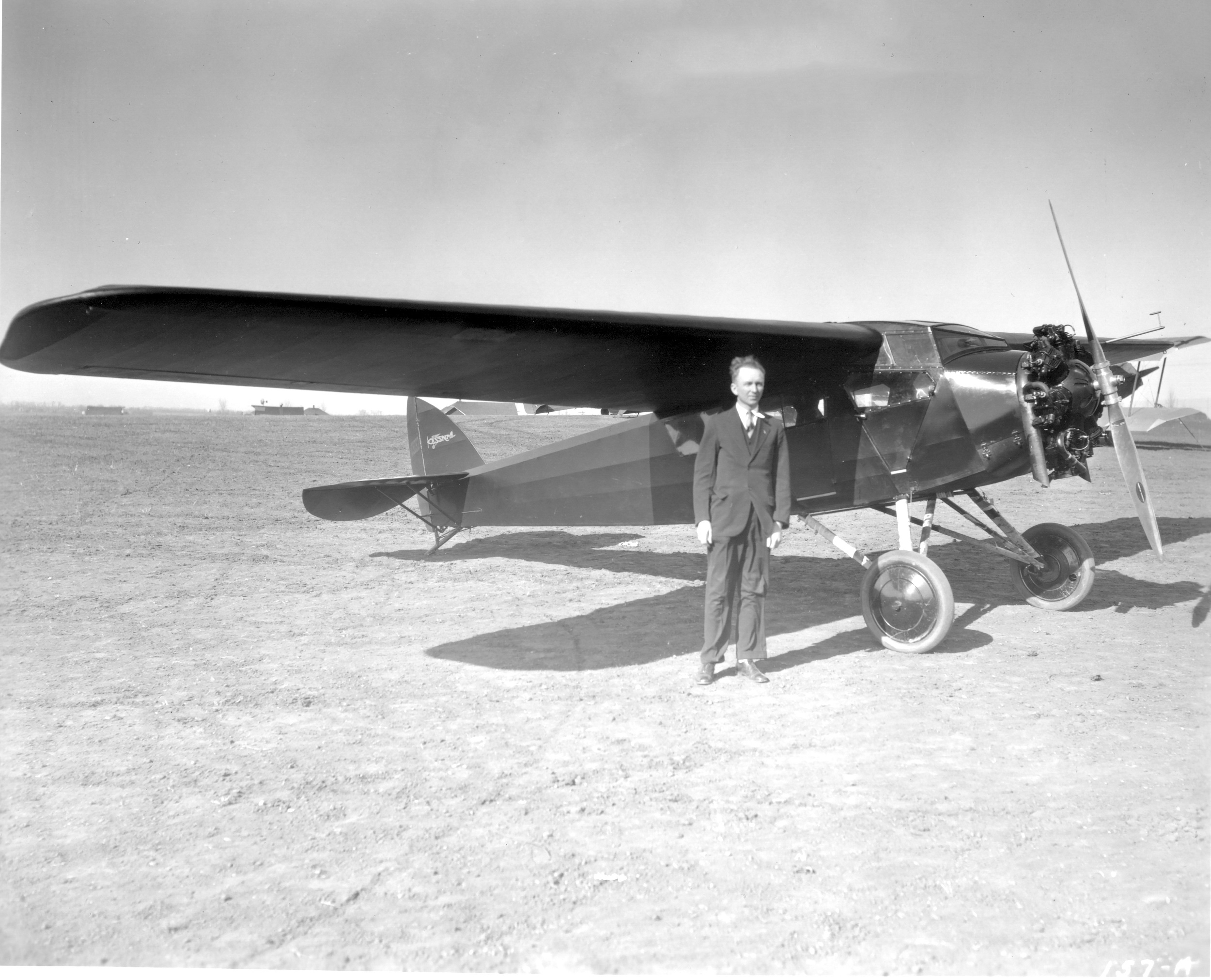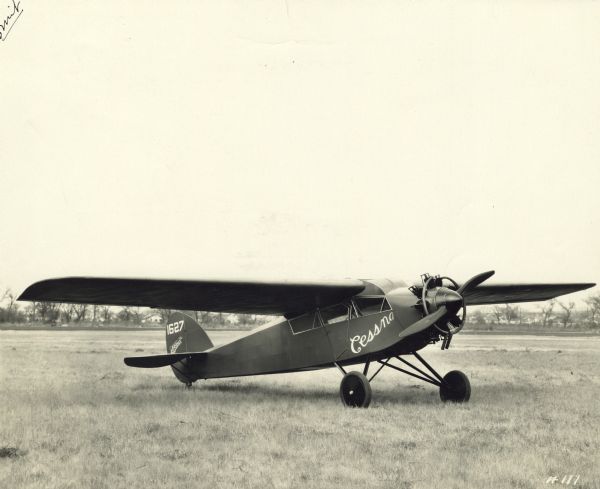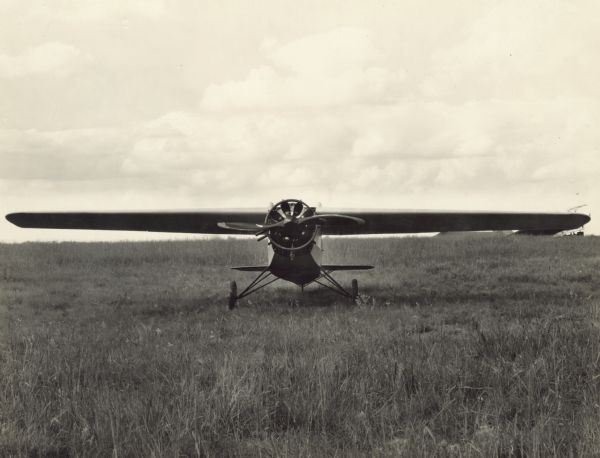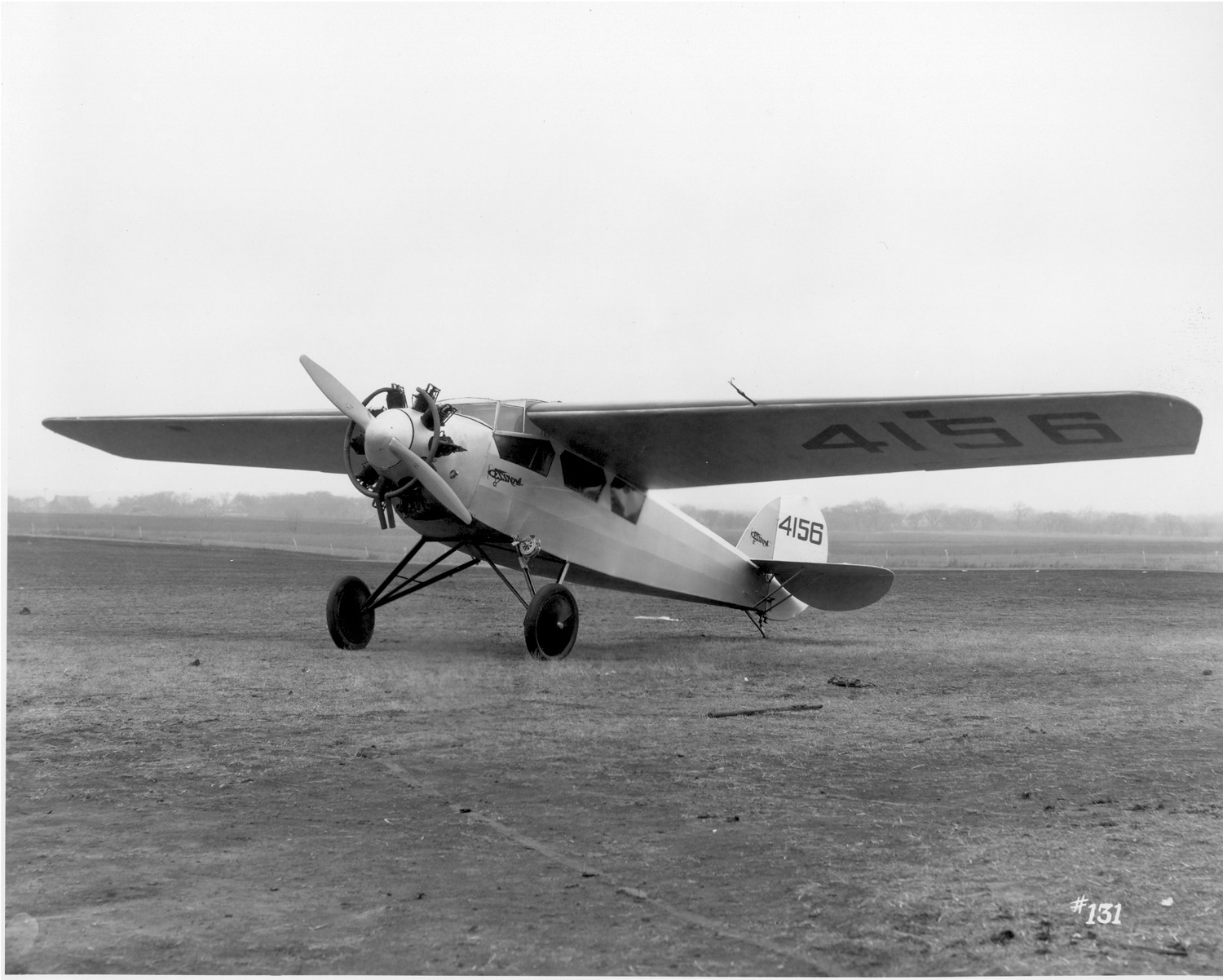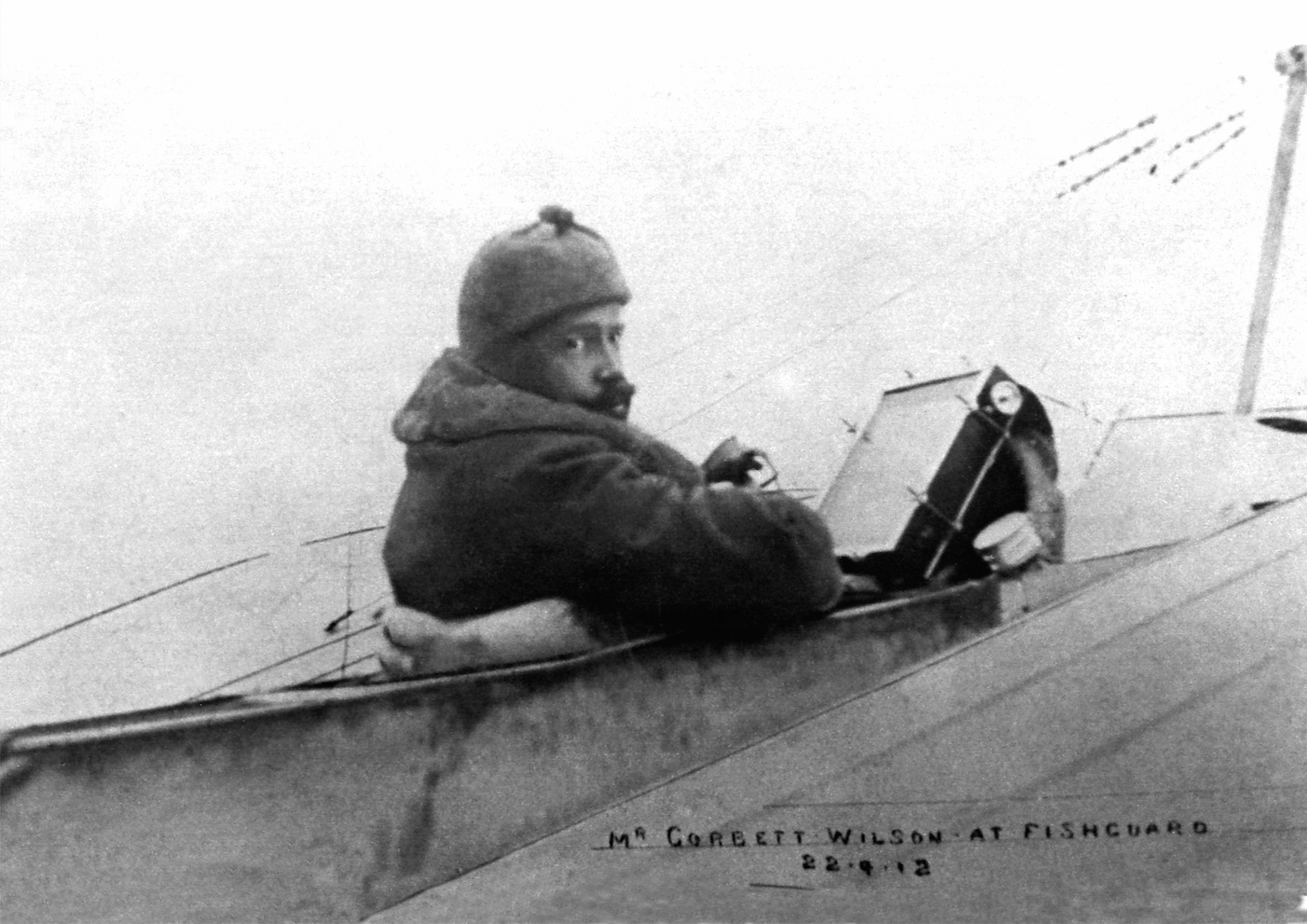
22 April 1912: Departing at 5:47 a.m., Denys Corbett-Wilson flew his Blériot XI from Fishguard and Goodwick, Pembrokeshire, Wales, across St. George’s Channel and landed at Crane, near Enniscorthy, County Wexford, Ireland, 1 hour, 40 minutes later. This was the first crossing of the Irish Sea from England to Ireland by air.
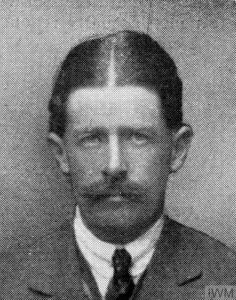
Corbett-Wilson, having flown in heavy rain for the final half hour, with an erratic compass and misfiring engine, saw a field at Crane that he thought was suitable for landing his airplane. The area was too small, though, and he ran into heavy brush, slightly damaging the Blériot.
The damaged airplane was stored at the stables of Lord Donoughmore’s Estate. Many years later the estate was sold and the wreck was purchased. It was later donated to a museum in Kilkenny.
Denys Corbett-Wilson was born at Thames Ditton, Surrey, England, on Christmas Eve, 24 December 1882. He was the son of W.H.C. Wilson, Esq., Barrister-at-Law, and Ada Caroline Corbett-Wilson.
Corbett-Wilson learned to fly at Pau, France in 1911. A sportsman and “an intrepid rider to hounds,” he joined the Royal Flying Corps at the beginning of World War I and was commissioned a second lieutenant, Special Reserve, Royal Flying Corps. He served with No. 3 Squadron at Béthune, France, and was promoted to lieutenant in November 1914.
Lieutenant Denys Corbett-Wilson was killed in action while on a reconnaissance flight along the Western Front, 10 May 1915. His airplane, a Morane-Saulnier Type L, was struck by an artillery shell. He was buried with full military honors at Fournes-en-Weppes by the German Army.
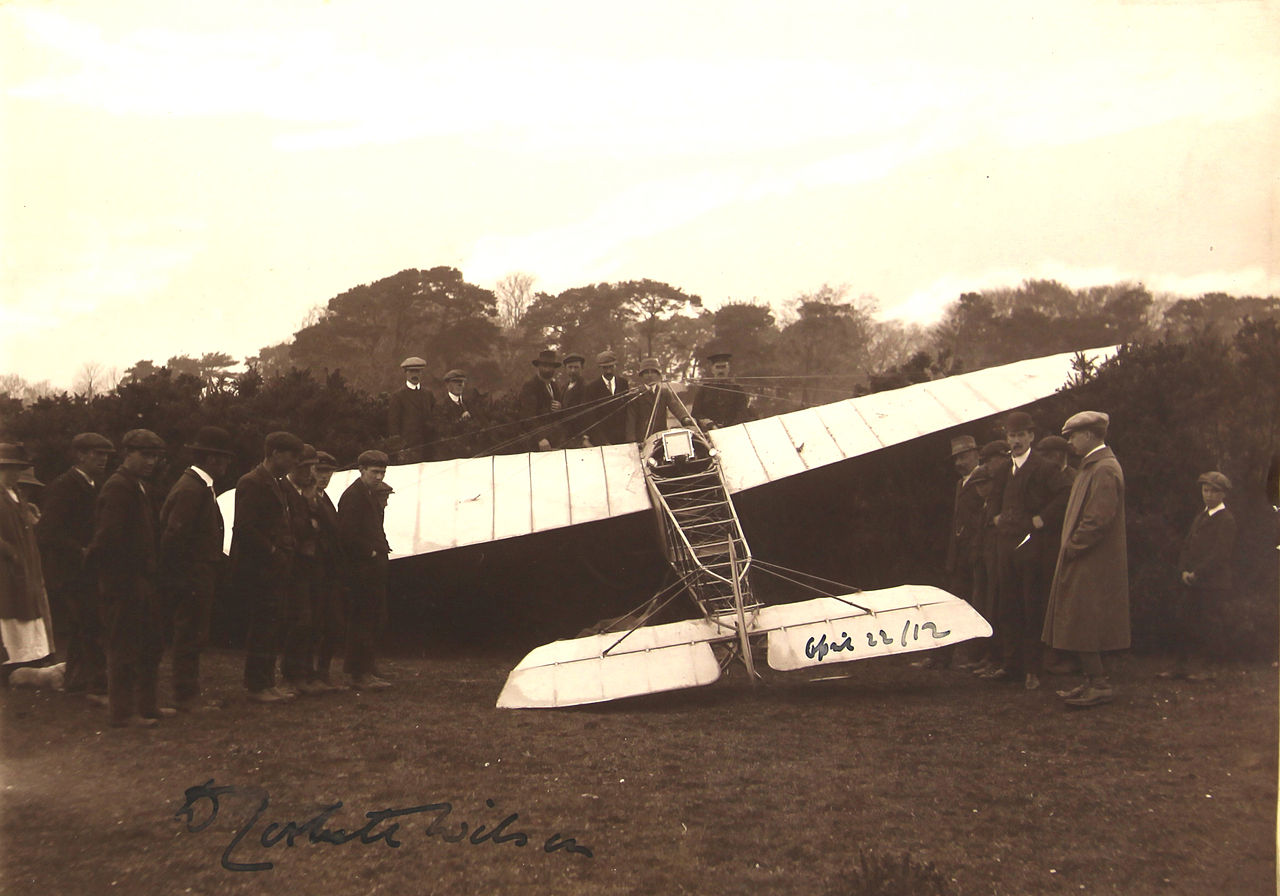
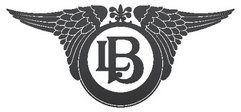
In its original configuration, the airplane was powered by an air-cooled, 3.774 liter (230.273 cubic inches) R.E.P. two-row, seven-cylinder fan engine (or “semi-radial”) which produced 30 horsepower at 1,500 r.p.m., driving a four-bladed paddle-type propeller. The R.E.P. engine weighed 54 kilograms (119 pounds). This engine was unreliable and was soon replaced by an air-cooled 3.534 liter (215.676 cubic inch) Alessandro Anzani & Co., 60° (some sources state 55°) three-cylinder “fan”-type radial engine (or W-3) and a highly-efficient Hélice Intégrale Chauvière two-bladed fixed-pitch propeller, which had a diameter of 6 feet, 8 inches (2.032 meters).
The Anzani W-3 was a direct-drive, right-hand tractor engine which produced 25 horsepower at 1,400 r.p.m. It was 1.130 meters (3 feet, 8.49 inches) long, 1.500 meters (4 feet, 11.01 inches) high, and 0.720 meters (2 feet, 4.35 inches) wide. The engine weighed 66 kilograms (145.5 pounds).
After 1910, the Blériot XI was often equipped with a Gnome rotary engine. This was a normally-aspirated, air-cooled, 7.983 liter (487.140-cubic-inch-displacement) Société des Moteurs Gnome Omega 7-cylinder rotary engine which produced 50 horsepower at 1,200 r.p.m. The direct-drive engine turned a two-bladed wooden propeller in a left-hand, tractor configuration. The Omega 7 is 79.2 centimeters (2 feet, 7.2 inches) long, 83.8 centimeters (2 feet, 9.0 inches) in diameter, and weighs 75.6 kilograms (166.7 pounds). The prototype of this engine is in the collection of the Smithsonian Institution National Air & Space Museum.
The Blériot XI had a maximum speed of 47 miles per hour (76 kilometers per hour) and the service ceiling was (3,280 feet) 1,000 meters.
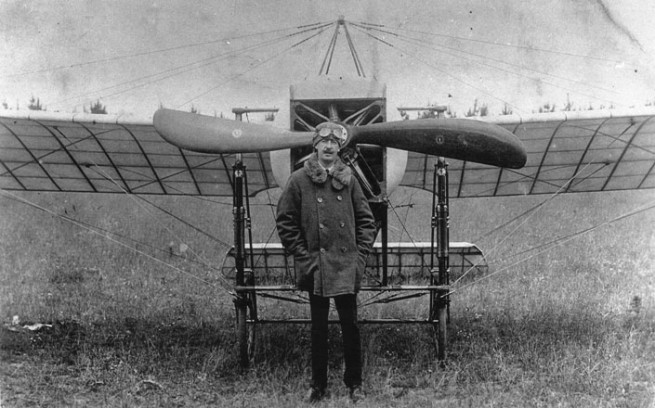
© 2017, Bryan R. Swopes
